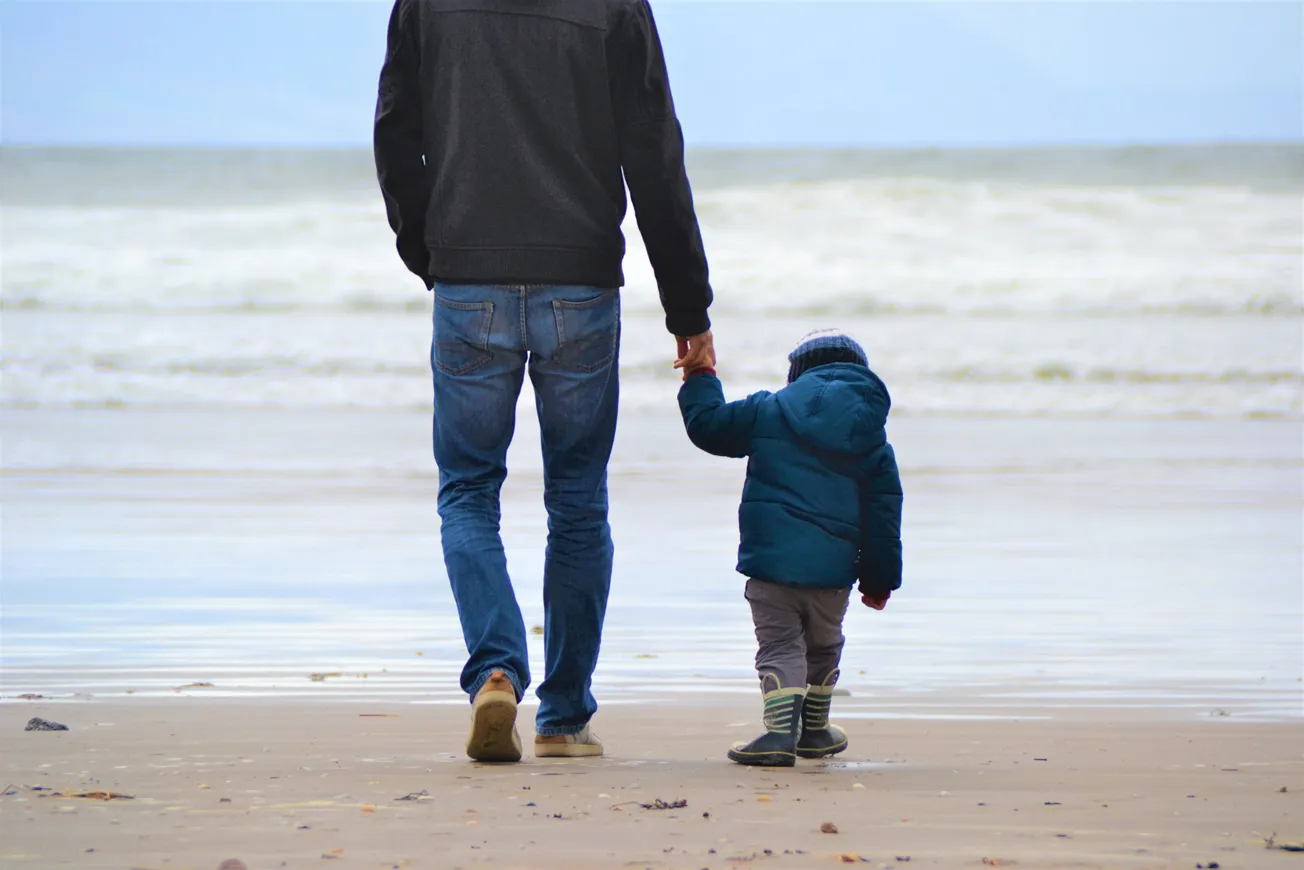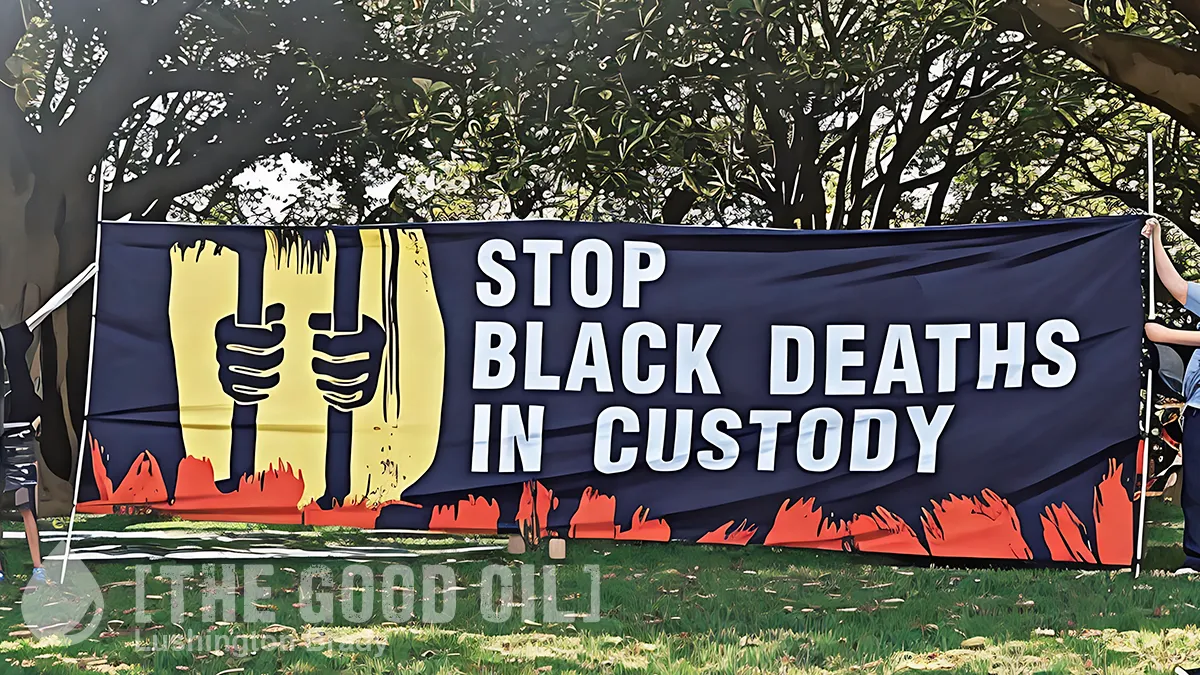Add ending child poverty to the long list of government fails. It was Ardern’s catch phrase in 2017 and joins the list of Labour’s failed promises.
UNESCO ranks us 35th out of 41 developed countries for a child’s wellbeing.
The relationship between poverty and family violence is recognised in part three of Chapter 10: Poverty and violence, and children in the 2011 Report on Child Poverty “Left Further Behind.”
“..there is an observed relationship between poverty and abuse and violence, a relationship that has disastrous consequences for some of the most vulnerable children in our society.
The international evidence makes it very clear that there is an important relationship between poverty and child abuse, however, the nature of that relationship is not clear.”
The government recognizes the relationship between poverty and family violence and its disproportionate effect on Maori.
Green MP Jan Logie released the government’s “transformational” approach to family violence in Gisborne two years ago (in 2013 Maori represented 48.9% of the Gisborne population compared to 14.9% elsewhere in NZ).
“We have to stop splitting this issue up into half a dozen unconnected silos,” justice under-secretary Jan Logie told the crowd.
“Family and sexual violence are complicated, affect every part of our community and demand a coordinated, committed response.”
The Government’s plan was the creation of a new organisation, called the Joint Venture, a cross-agency body. For the first time, chief executives from across the public service would be taking collective responsibility to end family and sexual violence in New Zealand.
In an attempt to centre Crown-Maori relations, Logie appointed a group of Maori experts to help. The group would be called the interim Te Ropu and led by lawyer Prue Kapua. Their job was to come up with a draft.
“This is quite different from the very many committees that are set up to try to deal with Maori issues and then other people go off and make decisions,” Kapua told media, after the announcement.
“We have the opportunity to make those decisions, and we have a commitment they will be carried through.”
But two years on, there is still no strategy. Te Ropu has been disbanded. There has been no community consultation. Last month, Logie announced there would be no document before the election.
Anyone surprised? Most likely Te Ropu never got past the giant road block of simply using larger dollops of government funding to solve child poverty.
The recurring government pattern is to talk about poverty, set up a working group, and stand back to watch the disarray.
No one talks about the issue of young women ill equipped to care for their children but paid to produce children because the welfare system encourages it.
Hard-working parents in employment limit their children to the number they can reasonably house, clothe and feed. Their taxes pay beneficiaries to churn out more babies than they can house, clothe or feed. Long term beneficiaries (and their advocates and media) believe the government is wholly responsible for housing their family, and the school that educates their children will stump up to feed and clothe them.
It’s beyond the pale when teachers, politicians and media jump on the bandwagon demanding more money to feed hungry children “because it’s not the child’s fault they are turning up to school hungry” which is what Jack Tame said this week on Q&A.
Naturally it’s not the child’s fault, so whose fault is it when parents don’t take responsibility for their children?
Tame tried to badger Carmel Sepuloni and Louise Upston into admitting they have no choice but to pour more money into the schools desperately feeding hungry children. I blame successive governments who made child raising a national sport and left teachers to deal with the consequences of the ‘gimme gimme’ welfare mentality.
Carmel Sepuloni had the effrontery to claim that welfare is a temporary space for single mums working on their degree, as she did, before moving into higher paid employment. Well bully for the chardonnay socialists, but welfare’s temporary status has long gone. Generations of leeches tell a very different story.
How many long-term welfare recipients will study to upskill and enter into paid employment when it’s more lucrative to push out another baby?
Even allowing for COVID, the number of government-dependent New Zealanders has been consistently high for years and proportionally higher in regions with a higher Maori population.
Jacinda Ardern’s commitment to end child poverty hit the same brick wall that dealt to affordable housing, light rail to the airport, no new taxes, renewable energy and so on.
The poor appear oblivious to the fact that they are the target of Labour’s election campaign. They are the voters who will reappoint the party that failed miserably to end child poverty and its evil twin, child violence.
If you enjoyed this BFD post please share it.









